Space exploration has advanced rapidly, thanks to groundbreaking spacecraft that have pushed the boundaries of human knowledge. Each mission has offered unique insights, from probing the outer planets to capturing breathtaking images of distant galaxies. These pioneering spacecraft not only revealed hidden mysteries of the universe but also inspired new technologies and research that impact our daily lives. Through exploring our solar system and beyond, they have transformed our understanding of space, demonstrating humanity’s endless curiosity and resilience. Here’s a look at the most iconic spacecraft that changed the way we explore the universe.
Sputnik 1
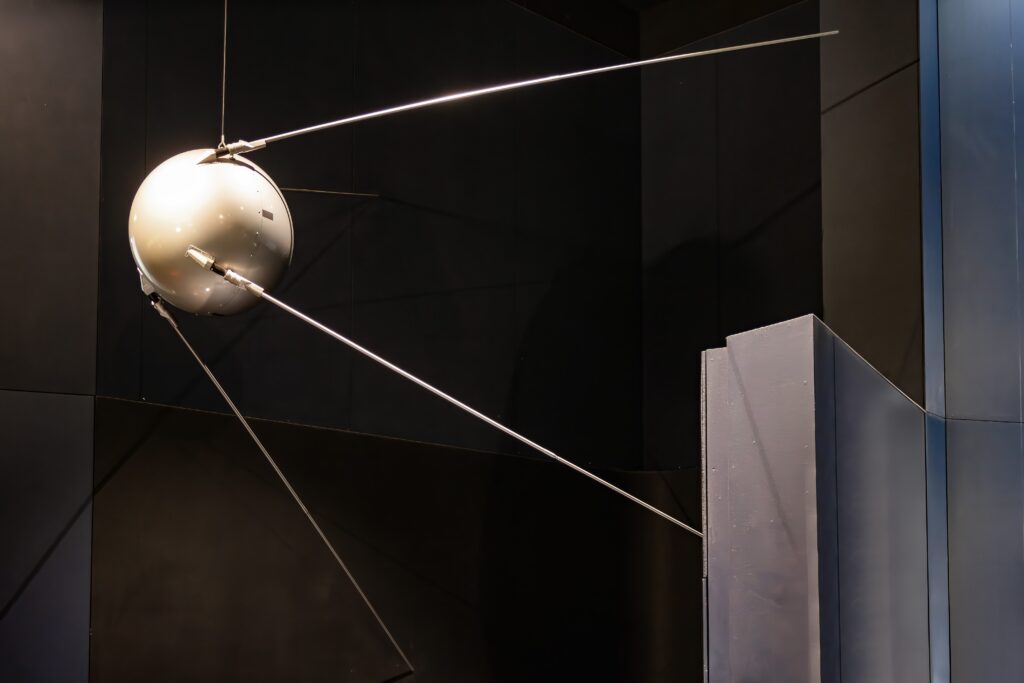
Launched by the Soviet Union on October 4, 1957, Sputnik 1 marked the beginning of the space race and humankind’s journey into space exploration. As the first artificial satellite to orbit Earth, it sent a series of radio pulses back to Earth, revealing valuable information about the planet’s atmosphere and ionosphere. Weighing only about 184 pounds and roughly the size of a beach ball, it orbited Earth at a speed of about 18,000 miles per hour, completing an orbit every 96 minutes. Its successful launch shifted the global focus toward outer space, igniting interest and competition that would drive further exploration. The satellite’s radio signal became symbolic, sparking advancements in aerospace engineering worldwide. Its presence in space also led to the establishment of NASA in the United States, as Americans aimed to close the space technology gap. Sputnik 1 inspired numerous innovations in satellite technology, establishing the foundation for global communications. This initial success spurred the United States and the Soviet Union to invest heavily in space science, bringing forth a new era of research and exploration in Earth orbit and beyond.
Voyager 1
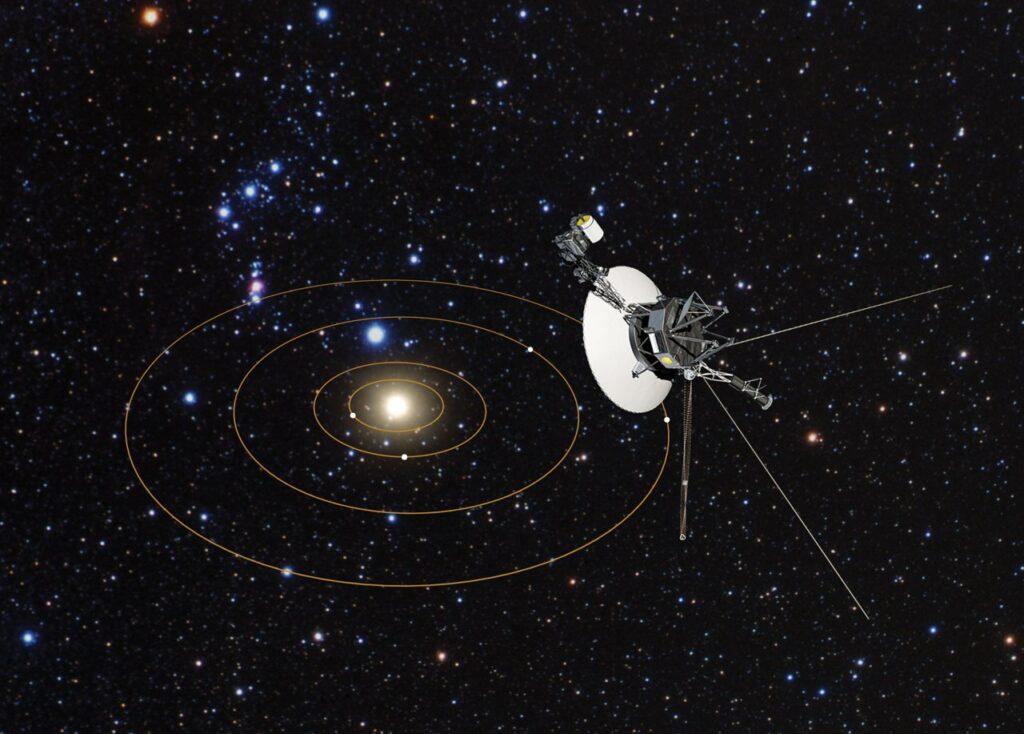
Launched by NASA in 1977, Voyager 1 became the farthest-reaching human-made object, providing groundbreaking data from the edges of our solar system and beyond. Its primary mission was to study the outer planets, but after completing its planetary encounters, it continued on a trajectory that eventually took it into interstellar space. It provided unprecedented images and data on Jupiter and Saturn, including their moons and ring systems. It discovered volcanic activity on Jupiter’s moon Io and the detailed structure of Saturn’s rings. The spacecraft, equipped with a “Golden Record” containing sounds and music from Earth, serves as a message to any potential extraterrestrial life. In 2012, it officially left the solar system, entering interstellar space and continuing to transmit data. This mission expanded our understanding of the outer planets and provided our first direct data from interstellar space. Its extended mission showed how a single spacecraft could continue to push boundaries decades after its launch, inspiring future deep-space missions.
Hubble Space Telescope
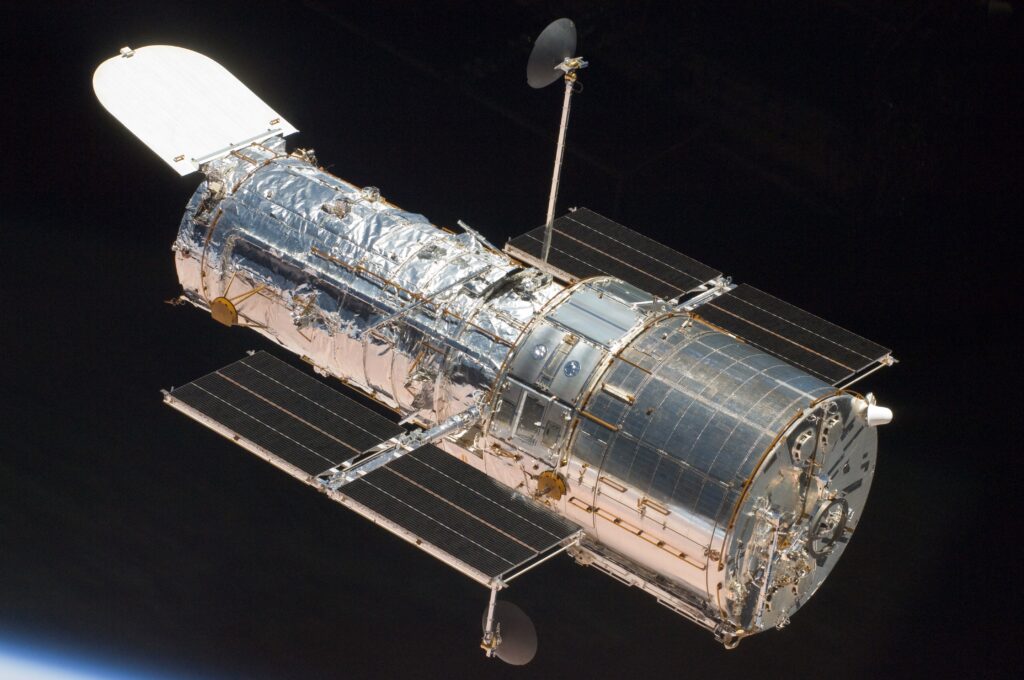
Launched in 1990 by NASA, the Hubble Space Telescope transformed our view of the universe with its high-resolution images of galaxies, stars, and other celestial phenomena. Unlike Earth-based telescopes, its position in space allowed it to avoid atmospheric distortion, providing an unparalleled view of distant galaxies and nebulae. Its observations of Cepheid variables helped refine estimates of the universe’s age, contributing to our understanding of cosmic expansion. It also captured iconic images like the “Pillars of Creation” in the Eagle Nebula and the Hubble Deep Field, which revealed galaxies from billions of years ago. It has logged over 1.5 million observations, leading to thousands of scientific papers and discoveries. The telescope’s longevity and adaptability, with periodic servicing missions, have enabled it to contribute to fields from astrophysics to planetary science. Its legacy lies in its role in expanding our understanding of the cosmos and inspiring future space telescopes.
Apollo 11
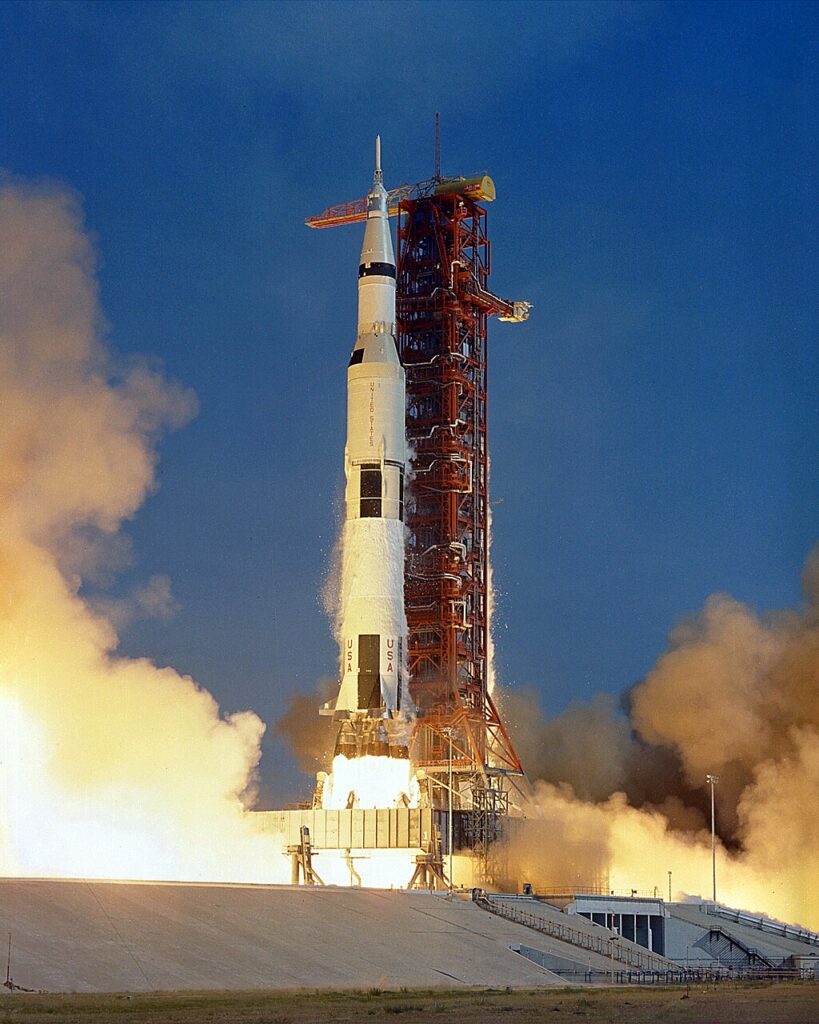
The Apollo 11 mission, launched by NASA on July 16, 1969, brought humanity’s first steps onto the Moon, marking an unprecedented milestone in space exploration. Astronauts Neil Armstrong and Buzz Aldrin became the first humans to walk on another celestial body on July 20, 1969, leaving a footprint in the Moon’s dust and history. The mission collected valuable lunar samples and performed various scientific experiments, providing insights into the Moon’s composition and history. Its success demonstrated the feasibility of human space travel beyond Earth and cemented the United States’ position as a leader in space exploration. Its broadcast captivated the world, symbolizing human ingenuity and the potential of space technology. It paved the way for future lunar missions and laid the groundwork for later explorations of other planets. The mission remains a cultural and scientific landmark, inspiring countless generations to pursue space exploration.
Mars Rovers (Spirit and Opportunity)
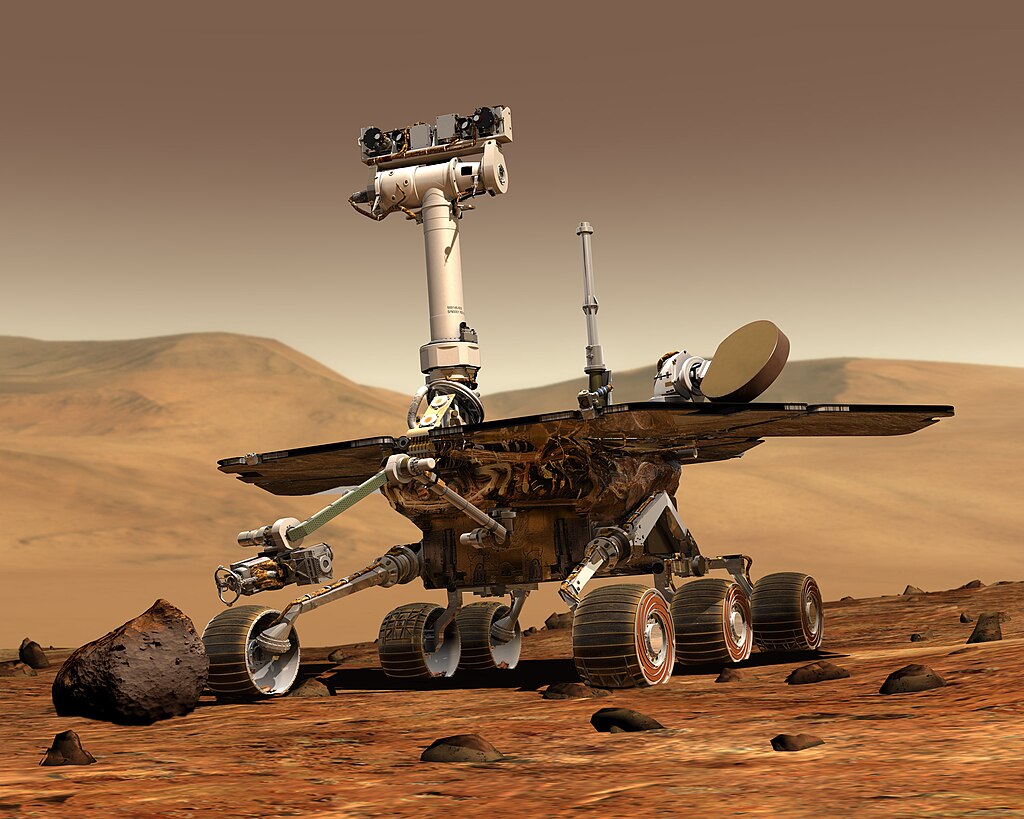
NASA’s Mars rovers, Spirit and Opportunity, launched in 2003, revolutionized Martian exploration by providing detailed, long-term studies of the Red Planet’s surface. Initially expected to last 90 days, both rovers far exceeded their lifespans, with Opportunity exploring for nearly 15 years. They traversed Mars, discovering signs of ancient water, including hematite formations called “blueberries,” which suggested the planet might have once supported life. Spirit discovered signs of past volcanic activity and ancient hydrothermal systems, indicating a potentially habitable environment in Mars’ distant past. These rovers demonstrated the endurance and adaptability of robotic exploration, covering miles of Martian terrain and sending thousands of images back to Earth. The success of Spirit and Opportunity laid the foundation for future Mars missions, proving the value of persistent, mobile exploration. Both rovers provided vital insights that have guided subsequent Mars missions, including Curiosity and Perseverance.
James Webb Space Telescope
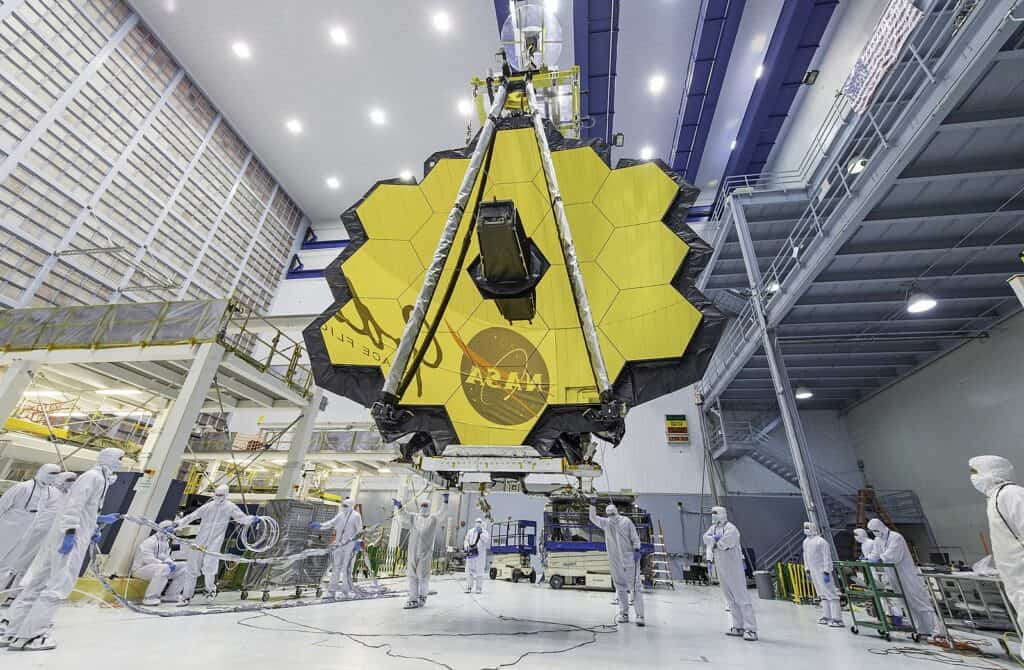
The James Webb Space Telescope (JWST), launched by NASA in 2021, is regarded as a successor to Hubble, designed to look even further into the universe’s past. Equipped with advanced infrared capabilities, JWST can see through cosmic dust clouds to study star formation, exoplanet atmospheres, and galaxies formed shortly after the Big Bang. Its array of 18 hexagonal mirrors allows it to capture unprecedented detail, far beyond Hubble’s reach. Already, it has produced stunning images and detailed data on phenomena like supermassive black holes and the formation of early galaxies. Its infrared sensors are vital for examining the atmospheres of exoplanets, potentially identifying signs of habitability. This telescope represents the pinnacle of space observatories, with technology capable of answering long-standing questions about our cosmic origins. Its contributions are anticipated to shape astronomy and our understanding of the universe for decades.
Pioneer 10
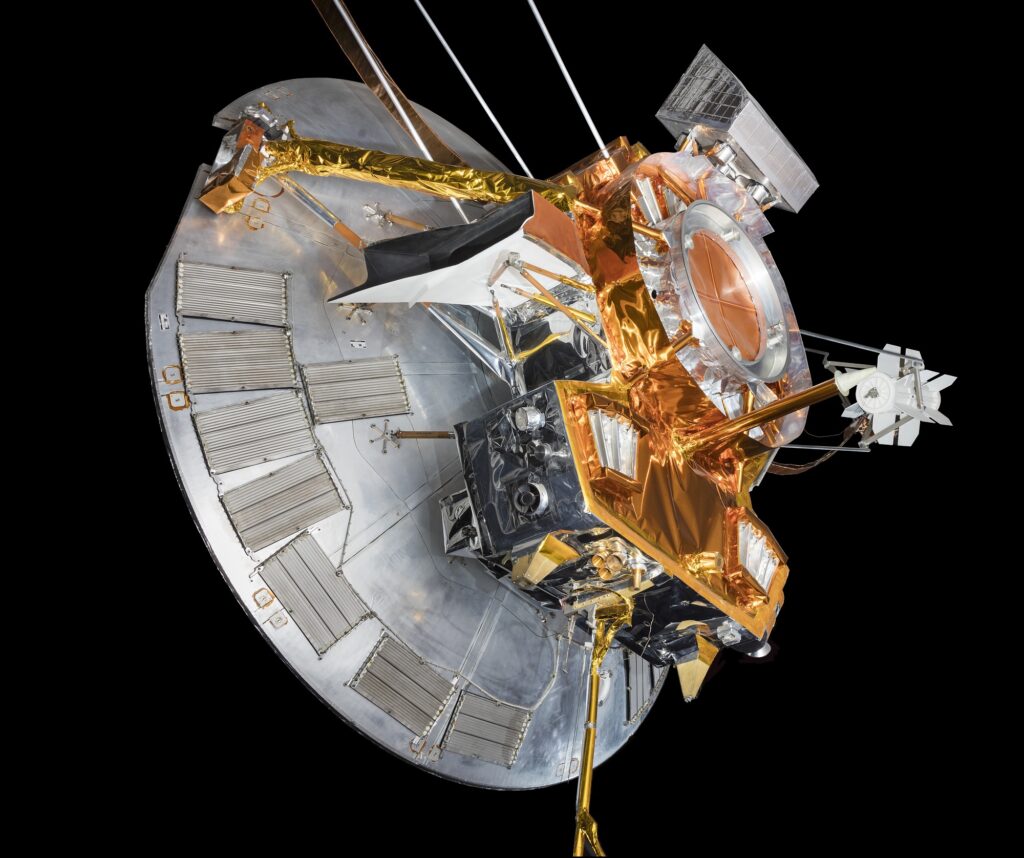
Launched by NASA on March 2, 1972, Pioneer 10 was the first spacecraft to pass through the asteroid belt and make direct observations of Jupiter, forever changing our exploration of the outer solar system. It captured images and data on Jupiter’s intense radiation belts, magnetic field, and moons, giving scientists their first close-up view of the gas giant. Its achievements proved that spacecraft could survive passage through the asteroid belt, an accomplishment that paved the way for future missions to outer planets. The spacecraft’s trajectory took it beyond the solar system, where it continued to send data until 2003, covering distances previously unreachable. It carried a plaque with symbolic information about Earth and humanity, intended for any extraterrestrial life that might encounter it. Pioneer 10’s journey was crucial for deep-space exploration, showing that interplanetary missions were feasible and inspiring future voyages to the farthest regions of the solar system.
Cassini-Huygens
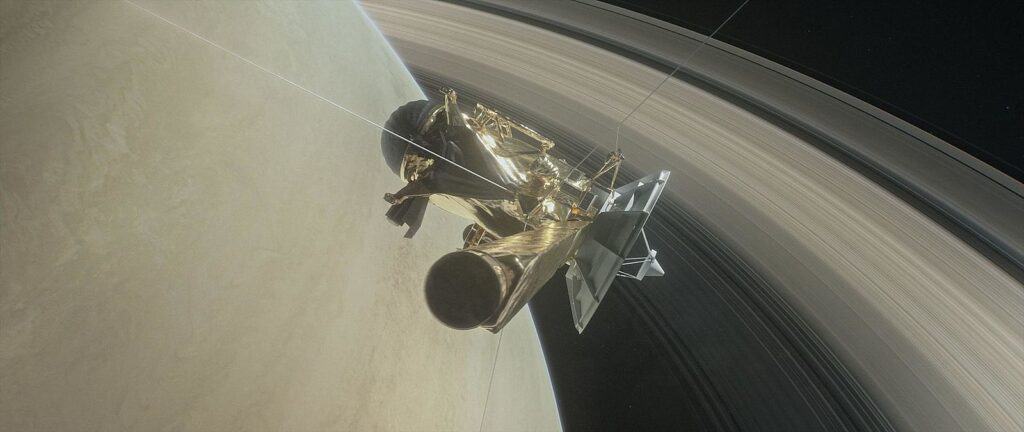
The Cassini-Huygens mission, a collaboration between NASA, ESA, and ASI, launched in 1997, provided profound insights into Saturn and its moons, fundamentally enhancing our understanding of planetary systems. It orbited Saturn for 13 years, studying its rings, atmosphere, and magnetic field while discovering new moons and revealing dynamic processes within the ring system. Its landing of the Huygens probe on Titan, Saturn’s largest moon, marked the first landing on an outer solar system body. Huygens provided images and data from Titan’s surface, revealing rivers, lakes, and seas of liquid methane, challenging our understanding of habitability in extreme environments. Cassini’s detailed study of Enceladus, a moon with active geysers, raised questions about the potential for life in subsurface oceans. The mission concluded with a dramatic plunge into Saturn, ensuring that it wouldn’t contaminate any of Saturn’s potentially habitable moons. Cassini-Huygens expanded our knowledge of the outer solar system and demonstrated the potential for life-supporting conditions beyond Earth.
New Horizons
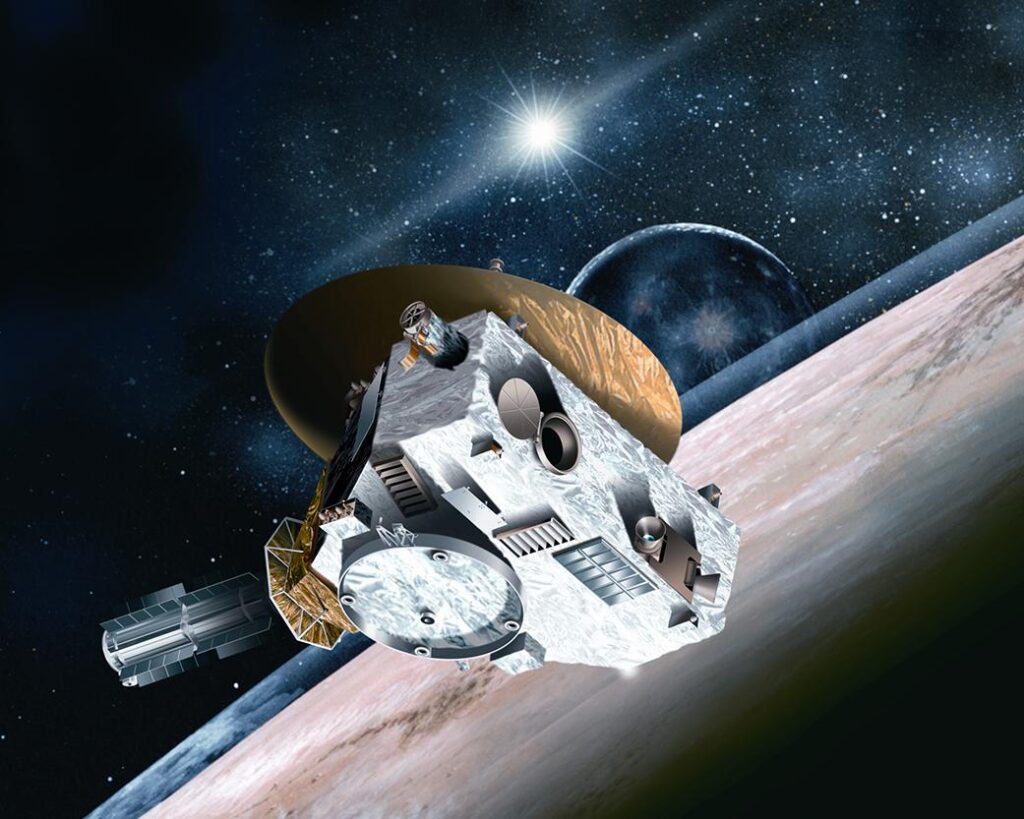
Launched in 2006 by NASA, New Horizons completed a historic flyby of Pluto in 2015, giving humanity its first close-up images of the dwarf planet and its moons. The spacecraft revealed Pluto’s complex geology, including towering mountains of ice, vast plains, and potential evidence of subsurface oceans. Its data fundamentally altered our understanding of Kuiper Belt objects, showing that even distant, icy worlds can be geologically active. After its Pluto mission, it continued into the Kuiper Belt, providing images of the object Arrokoth, the most distant body explored by a spacecraft. This extended mission has helped researchers understand the formation and composition of primordial solar system bodies. It demonstrated that small, robotic missions could venture to the outer edges of the solar system, delivering scientific breakthroughs at a fraction of the cost of larger missions. Its achievements have inspired continued interest in exploring the outer solar system and beyond.
International Space Station (ISS)
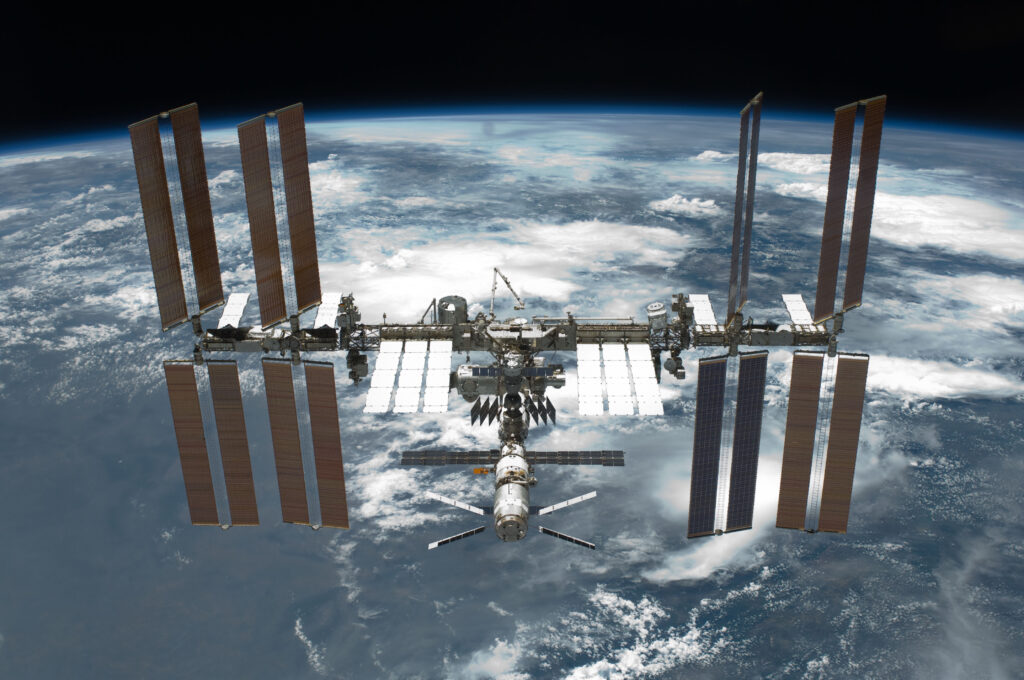
The International Space Station (ISS), operational since 2000, represents a monumental achievement in international cooperation and scientific research in space. This orbiting laboratory has provided unique insights into microgravity’s effects on biology, materials, and physics, enabling research that cannot be conducted on Earth. Crews aboard it conduct experiments ranging from the human body’s adaptation to space to the behavior of fluids and combustion in microgravity. It also serves as a proving ground for technologies necessary for long-duration missions, such as those planned for Mars. It supports numerous partnerships, including NASA, ESA, JAXA, and Roscosmos, fostering collaboration between multiple countries. Its contributions have influenced fields from medicine to materials science, shaping innovations for Earth-based applications. Its infrastructure continues to evolve, supporting both government and private research.
Juno
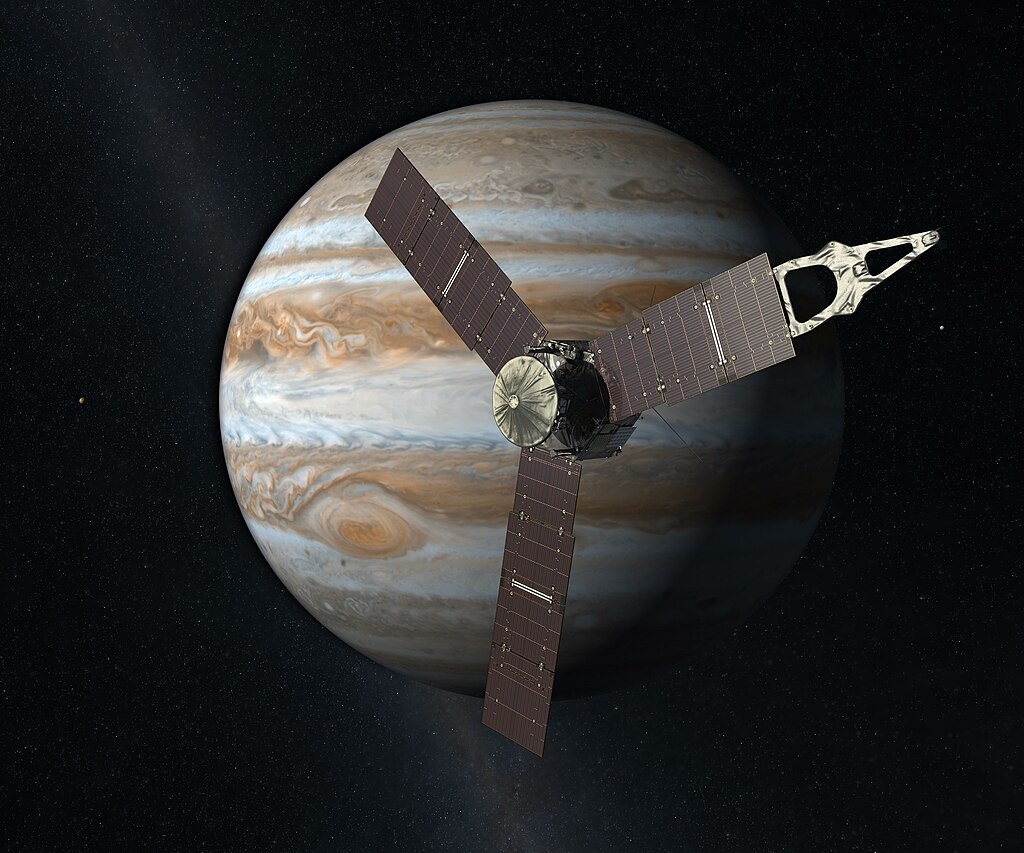
Launched in 2011, NASA’s Juno mission provides an in-depth exploration of Jupiter, focusing on its atmosphere, magnetic fields, and internal structure. By orbiting Jupiter in a highly elliptical path, it collects detailed information about its intense radiation belts, polar regions, and cloud formations. The spacecraft’s measurements have revealed new insights into the composition of Jupiter’s core, its gravitational and magnetic fields, and its auroras. These findings have significantly advanced our understanding of giant planet formation and dynamics within the solar system. Its close-up images of Jupiter’s polar cyclones and atmospheric phenomena, such as the Great Red Spot, have provided scientists with new perspectives on the gas giant. Additionally, its data helps researchers understand its influence on the surrounding space environment, shedding light on the processes that shape planetary systems. The mission’s discoveries continue to deepen our understanding of the conditions on massive planets.
Kepler Space Telescope
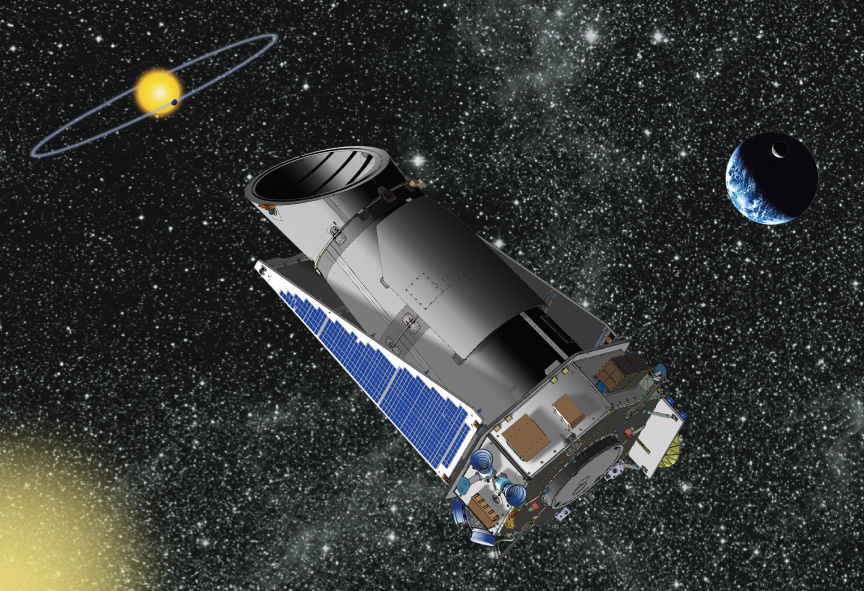
The Kepler Space Telescope, launched in 2009, was revolutionary for its focus on exoplanet discovery, identifying thousands of planets orbiting stars outside our solar system. By monitoring stars for tiny brightness dips that indicate a planet crossing in front, it confirmed the existence of potentially habitable exoplanets, expanding the search for life beyond Earth. Its data showed that planetary systems are common in our galaxy, with a significant number of stars hosting Earth-sized planets. This telescope provided the basis for studying planetary diversity and helped establish criteria for assessing habitability in distant systems. Its contributions were crucial in understanding the occurrence of multi-planet systems, challenging assumptions about solar system formation. Even after its mission ended, scientists continue to analyze its vast data set, leading to ongoing discoveries. Its legacy is evident in current and future missions focused on exoplanet research.
This article originally appeared on Rarest.org.
More from Rarest.org
10 Endangered Cultural Practices Preserved by Indigenous Tribes

Indigenous tribes around the world hold a wealth of cultural practices that have endured for generations. Many of these traditions are at risk due to modernization, environmental changes, and external pressures. However, tribes continue to preserve these practices, ensuring that their heritage remains alive. Read More.
14 Enigmatic Islands with Unexplained Features

Islands hold an air of mystery, often shrouded in legends and unexplained phenomena. Some islands, however, go beyond typical intrigue, puzzling explorers and scientists alike. These enigmatic landforms have baffled visitors with strange artifacts, ancient ruins, and unexplained features that defy logical explanation. Read More.
20 Exotic Birds With Stunning Plumage Found in Remote Islands

The world’s remote islands are home to some of the most exotic and visually stunning birds on the planet. These unique species often develop vibrant plumage and fascinating behaviors, thriving in isolated habitats far from human disturbance. Read More.
